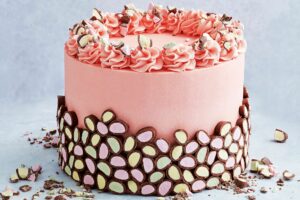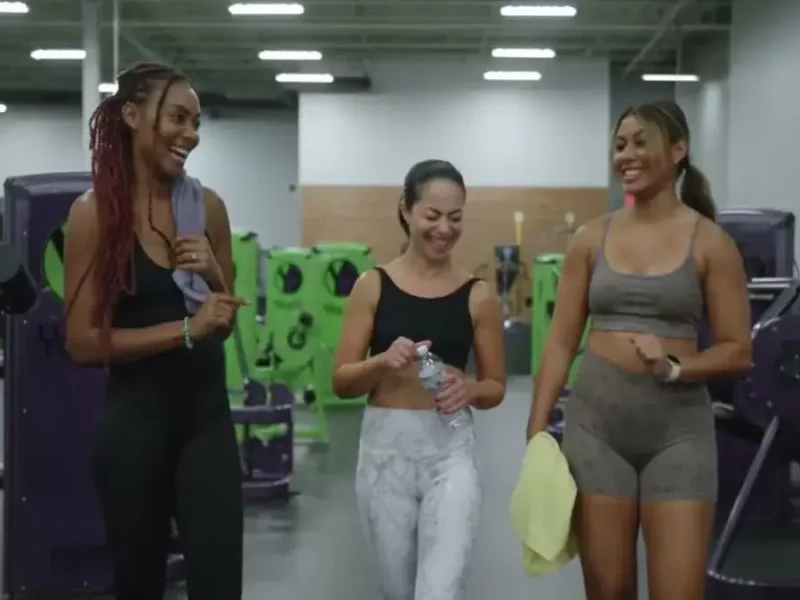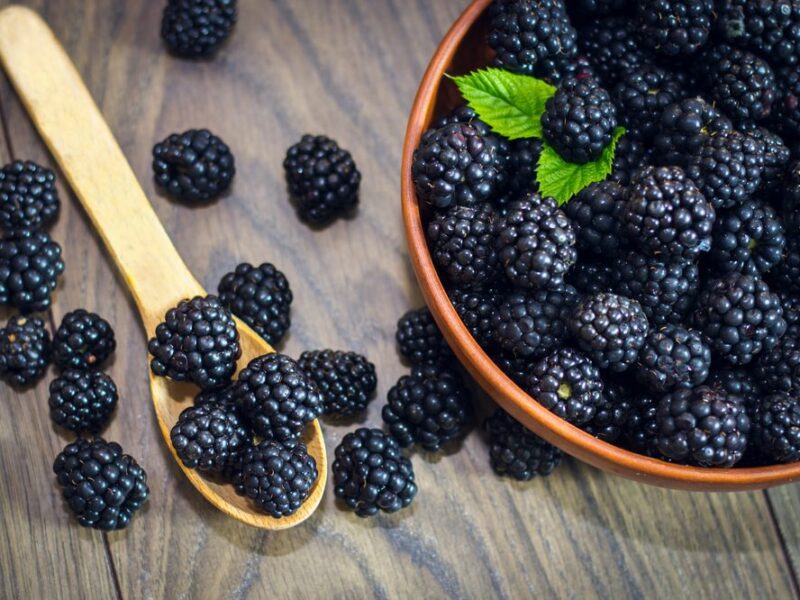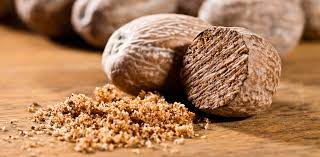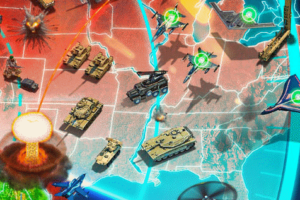Drawing For Kid Flowers, without a doubt, revitalize and beautify the world. You can’t help but smile when you see a pretty, fragrant bloom! Whether used to decorate a room or given as a gift to a partner, a beautiful flower is always valued.
Drawing Instructions for Flowers
Whether you like flowers or not, if you’ve ever wanted to learn how to draw a flower, you’ve come to the correct place. You can sketch flowers easily after watching this Drawing For Kid tutorial.
This enjoyable and simple tutorial will show you how to draw a flower in only 9 simple stages!
Let’s start honing our floral sketching techniques!
1:
- You must first draw a small circle, as stated in this drawing lesson’s first step for flowers.
- It is preferable to draw a circle by hand that is almost ideal than to use a sketching compass, which can create flawless circles.
- Use a pen or a dark pencil for this stage. You could also use something tiny and round, like the cap from a tricorder if you don’t have a drawing compass. This circle will appear in the final picture.
2:
- Visualize the first two blossoms in the diagram in Figure 2.
- The first flower can now be added after the established floral design center. To accomplish this, draw two curved lines with dense bottoms and connect them at a point with thin ends.
- Now, attempt to depict the two blossoms as seen in the reference photo.
- Start by gently sketching in the blossoms to help you get used to it because this can take some practice. Once satisfied with them, use a darker pencil or marker to add more texture.
3:
- Add two more blossoms after that.
- It’s time to add the final two petals now that you’ve sketched the first two and feel comfortable doing so.
- Simply add two more blossoms at this point, positioning them like the first two: to the right of the already existing blossoms.
4:
- Add the following blossom.
- You will add a new petal to the top of the flower in the fourth stage of learning how to draw a flower.
- If you’re having trouble, look at the reference picture, even though this petal will be a little thinner and have a little different shape from the others.
5:
- Add one more blossom after that.
- Because step 5 tells you to add the final petal to your floral arrangement, add one more petal, as shown in the example image.
- As you can see, your floral sketch is coming to life.
6:
- Pay close attention to the final bloom.
- The primary body of your flower drawing is almost finished; add the last petal.
- It is obvious from the reference image that this one needs to be a bit sexier and slimmer. It should be there if you followed the instructions. The blooms’ length and breadth should typically be equal in height.
7:
- Now include the stalk and foliage.
- There are some challenging sections at this stage in the text, so using a reference image will be very beneficial!
- I also advise starting with a softer pencil and finishing with a pen for this stage. Draw the two curved lines starting with the two lowest blossoms in the picture.
- In the end, they ought to be standing close to one another.
- When finished, connect the two curved lines that extend from the stalk to add one of the leaves.
- In this case, the sample image will be very helpful. Add a second leaf to the side opposite to cover the space.
8:
- Add any concluding remarks.
- Your floral artwork is almost finished! Your flower design will now include a few more elements.
- Start by drawing a few tiny lines to represent the veins in the vegetation. Look at the image to illustrate how these lines should look.
- More applications from the FL center will give the blooms a looser appearance.
- Add a few tiny curved lines to the region surrounding the center point. To add more noticeable components, additional minuscule lines can be added.
9:
- Include color to finish theAll that’s left to do is color your completed, lovely floral sketch.
- Take advantage of this chance to let your imagination and thoughts soar.
- Even though we’ve provided an example, use your distinctive color strategy to bring your floral drawing to life!
- You could spread various painting supplies, such as paints, watercolor colored pencils, and pens, to produce various color effects.







